Downtown Seattle has become the hot place in the region for companies to locate as employment and growth has accelerated to new highs over the last decade, but limited space downtown could stymie job growth and economic potential if Seattle doesn’t continue thinking differently about transportation.

The Seattle regional economy is perhaps best known for big suburban employers Microsoft and Boeing, but over the last decade, the region’s recent economic growth has been driven by many companies choosing to locate in downtown and investing in new and old properties alike. For example, Amazon has rapidly expanded in South Lake Union (with more investment in the pipeline) and forest products giant Weyerhaueser is relocating into downtown from the suburbs south of Seattle and building a new headquarters in Pioneer Square. And travel giant Expedia Inc. announced that they’ll be moving to a new campus in Seattle in 2018.
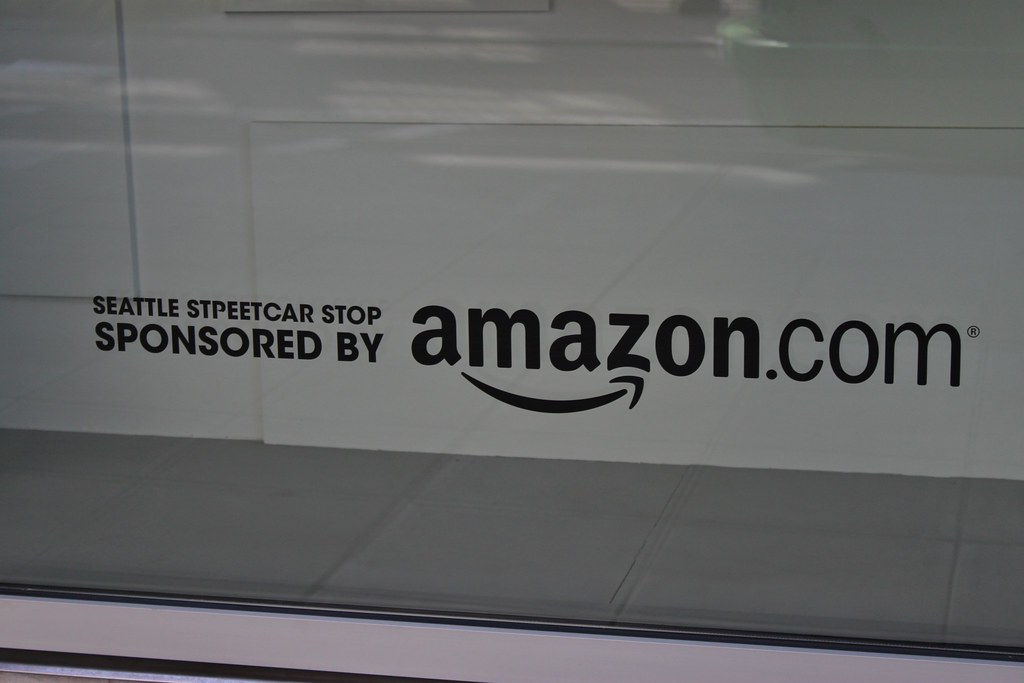 Yet if the region doesn’t continue making smart transportation investments and developing the kind of policies that have already reduced the share of people commuting alone by car into downtown, that prosperity could be threatened — killing the goose that laid the golden egg.
Yet if the region doesn’t continue making smart transportation investments and developing the kind of policies that have already reduced the share of people commuting alone by car into downtown, that prosperity could be threatened — killing the goose that laid the golden egg.
Culture of collaboration
Luckily, the Seattle region is tapping their strong culture of collaboration to ensure that they come together to protect that golden goose. That collaboration is exemplified by the ORCA transit fare card. Developed over 15 years ago, the “One Regional Card For All” enables transit riders to seamlessly use one card to pay fares with 7 different agencies. “The ORCA regional fare card project paved the way for all kinds of interagency collaboration,” says Josh Kavanagh, Director of Transportation Services at University of Washington.
About 10 years ago, Downtown Seattle Association’s then-President Kate Joncas saw great economic potential if decision-makers could come together and free up transportation capacity into and within downtown Seattle and encourage more employers to set up shop there. She convened leaders at Seattle DOT, Downtown Seattle Association and King County Metro. They formed the Downtown Transportation Alliance and in turn created Commute Seattle, an entity focused on reducing drive-alone trips into downtown.
Transit as a growth strategy
They implemented two key strategies that helped make it easier to access jobs (and future jobs) located downtown.
The first was bus passes. Washington State’s Commute Trip Reduction (CTR) Program requires employers with more than 100 employees to provide employees with transit passes and other strategies to reduce drive-alone trips. Smaller employers face no such requirement, so Commute Seattle focused its efforts on bringing these smaller employers voluntarily into the fold.

Transit passes aren’t enough to get folks on board if transit service is lousy, and Seattle’s high-density downtown environment makes transit/traffic conflicts challenging. Metro needed a way to bring buses through downtown and load and unload them more efficiently. The transit tunnel underneath the downtown core, built in 1984, did not have enough capacity for all the bus lines — a problem that was magnified when new LINK light rail service began in 2009 and also required use of the tunnel.
 To address this Seattle worked with the business community and Metro to incrementally improve 3rd Avenue and set aside space for use as a transit mall. If you visit 3rd Avenue at 5 p.m., you’ll be struck by the volume of buses and the crowds of passengers boarding them.
To address this Seattle worked with the business community and Metro to incrementally improve 3rd Avenue and set aside space for use as a transit mall. If you visit 3rd Avenue at 5 p.m., you’ll be struck by the volume of buses and the crowds of passengers boarding them.
These thousands of people are some of the workers filling tens of thousands of new jobs downtown. Through all of these efforts, Seattle was able to reduce the proportion of drive-alone trips into downtown Seattle from 50% to 31% over the course of 14 years, which made it possible to add tens of thousands of jobs downtown while keeping car trips into downtown more or less the same. 27,857 jobs were created in downtown Seattle just from 2010 to 2013. Expanding and making transit work for more people has been critical in facilitating and encouraging this expansion.
Progress hasn’t been limited to downtown. The region’s light rail system LINK, run by Sound Transit, serves Sea-Tac Airport to the south and is opening a new northward extension to the University of Washington in 2016 from downtown. Which is a good thing since Seattle’s population is also growing and transit ridership is bumping up against capacity in places like the University District. In fact, population growth in the city has outpaced growth in the King County suburbs since 2010, with more than 70,000 new residents added since 2010 in the city.
Investing for the future
The last few years have been successful, but with the city continuing to add jobs and people, the question remains: How can Seattle accommodate its population growth and sustain its economic growth and still maintain a good quality of life?
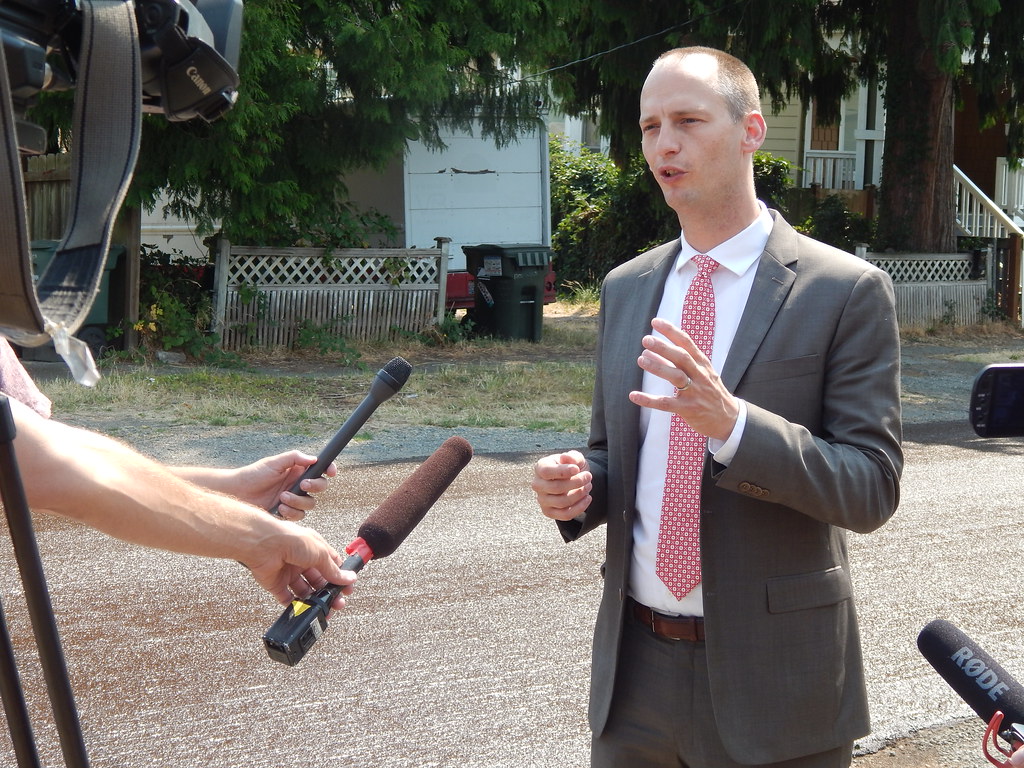
SDOT Director Scott Kubly speaks to the press. Flickr image from Seattle DOT.
Coming into office in 2014, Mayor Edward Murray viewed addressing this challenge as a one of the most important parts of his job. He brought in new expertise at the Seattle Department of Transportation by luring Scott Kubly, a star staffer from Gabe Klein’s transportation team in Chicago, to serve as SDOT director. Kubly cut to the heart of Seattle’s geometric transportation challenge, pointing out that “if all the people moving to our city — 60,000 new people by 2025, according to the mayor — have to drive their cars everywhere, we’ll descend into an awful hellscape of traffic jams even worse than what we have now.”
Under Kubly’s leadership, Seattle developed a plan called “Let’s Move Seattle” that focuses on accommodating new growth while preserving the quality of life that Seattle is known for and existing residents value.
Some exciting elements include seven new Rapid Ride bus rapid transit (BRT) corridors, and three new light rail access points: one new station, one pedestrian bridge, and realignment of another station to improve access. Safety improvements include 150 miles of new sidewalks and other projects to make the walk to and from school safer for Seattle children. The city will also be able to invest in 16 bridge retrofits to make sure they’re more resilient in the face of earthquakes, and in repaving 180 miles of arterial streets.

Looking to the ballot in 2015 and 2016
The plan to pay for all of this involves extending and expanding the “Bridging the Gap” property tax levy that expires this year. City homeowners will pay about $12 per month, which is relatively affordable considering that Seattleites who are able to switch even some of their trips from driving to transit as a result of these investments could save money, and those who could make a more permanent change could save as much as $1,101 dollars per month. Seattle voters will decide on this plan at the ballot next week on November 3rd.
That measure is just the first of two important steps for Seattle voters in deciding whether or not to pay for the investments needed to help keep their booming economy humming.
With the Washington legislature’s passage of a $16.1 billion statewide transportation package earlier this year, the three-county regional transit agency, Sound Transit, received the authority ask voters to approve up to $15 billion in transit investments. They’re developing plans for placing a measure on the November 2016 ballot, Sound Transit 3, which could extend LINK light rail to important residential and employment centers in Tacoma, Redmond, and Everett — connecting yet more jobs to the region’s transit system — and lead to construction of new light rail lines to Seattle neighborhoods such as Ballard and West Seattle.
Seattle is unique amongst American cities in that transportation ranks as the top priority in public polling. We will see if the importance of transportation and a collaborative approach help the city and region to continue investing in transportation options to keep that goose laying golden eggs.
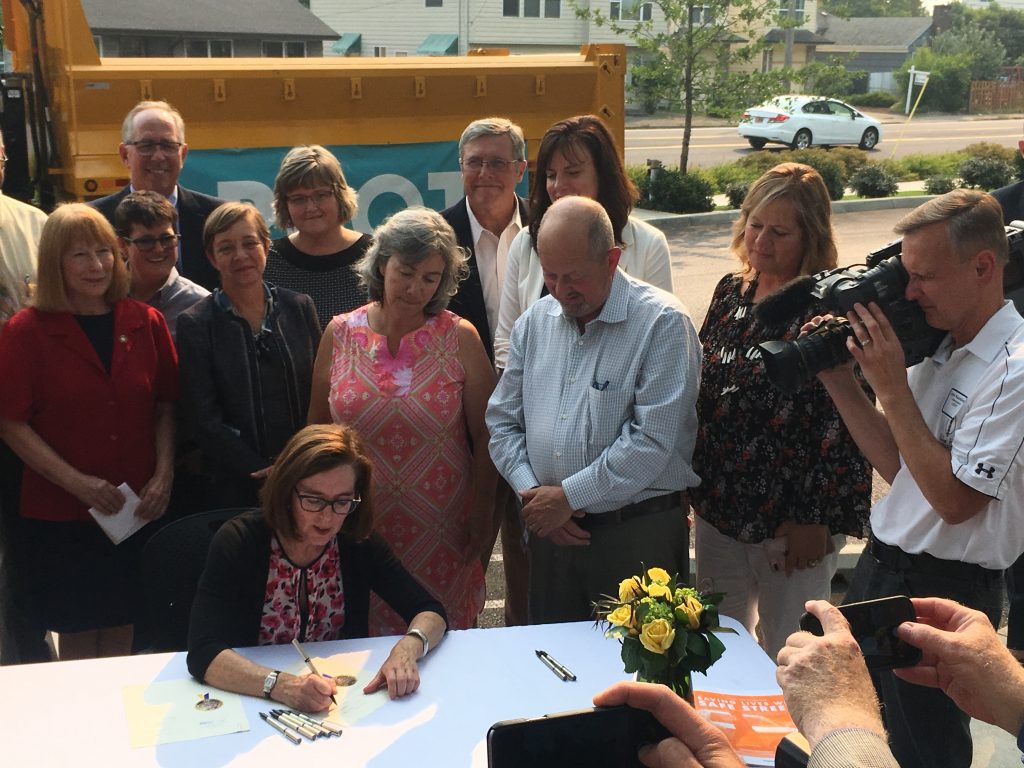
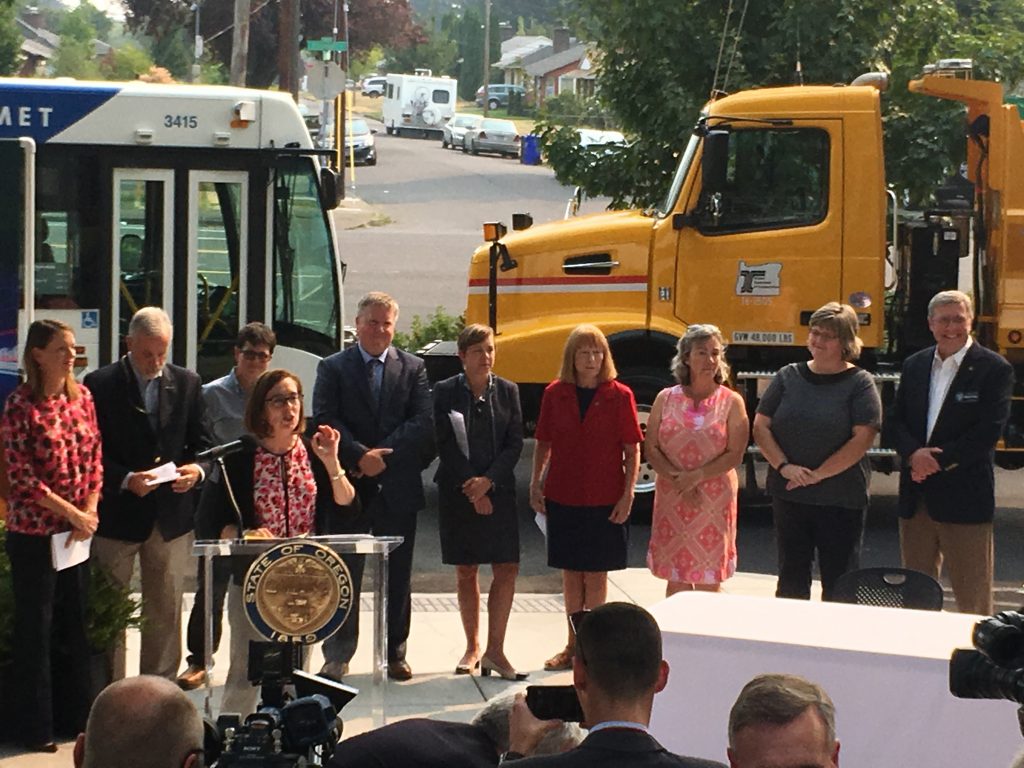




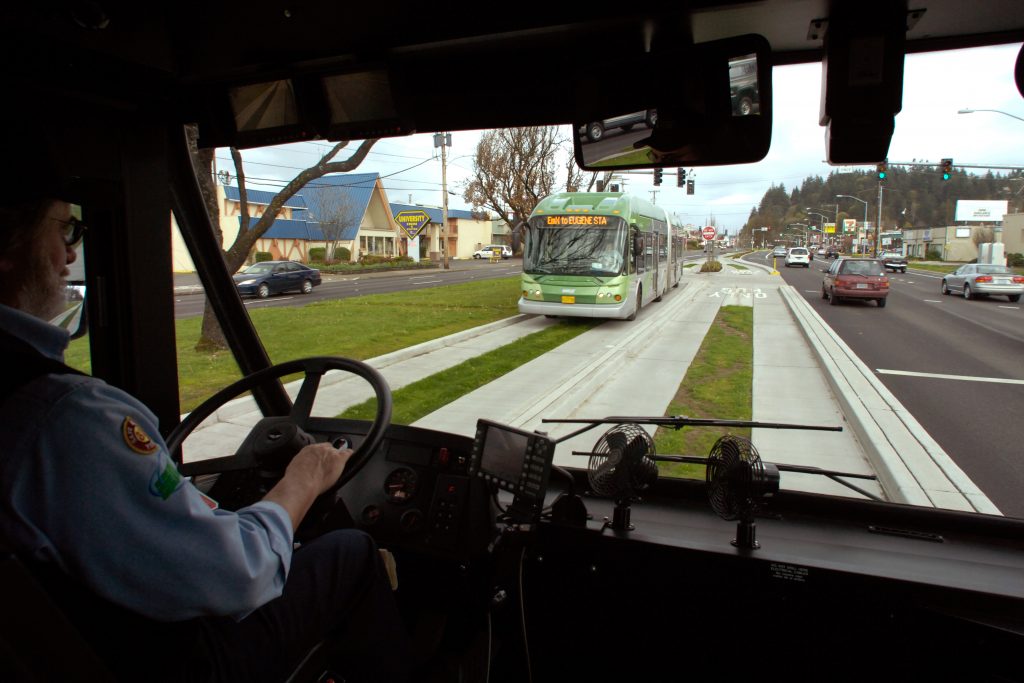
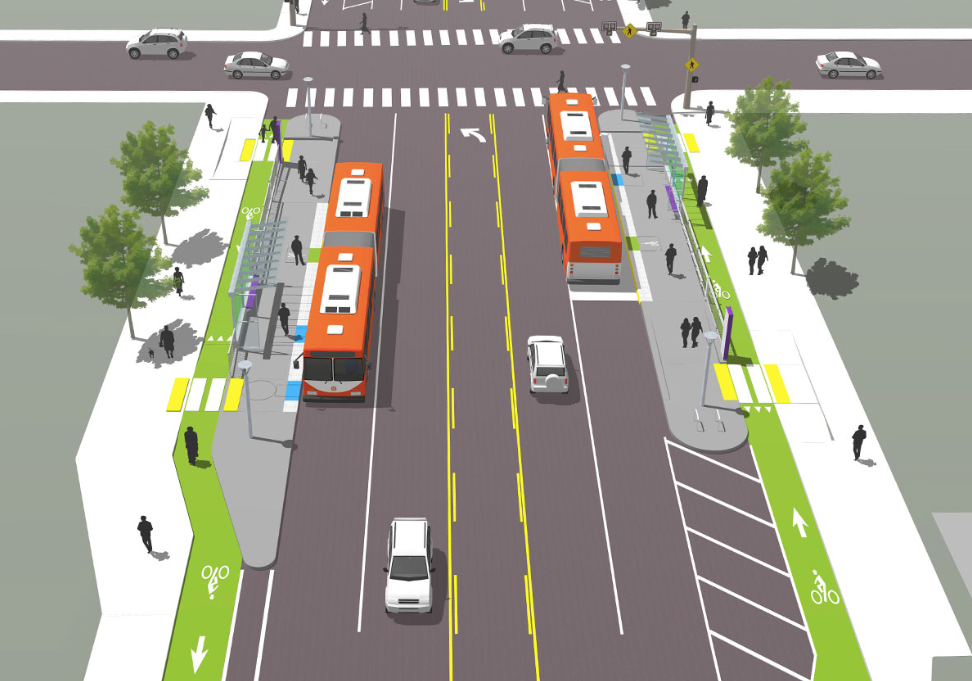
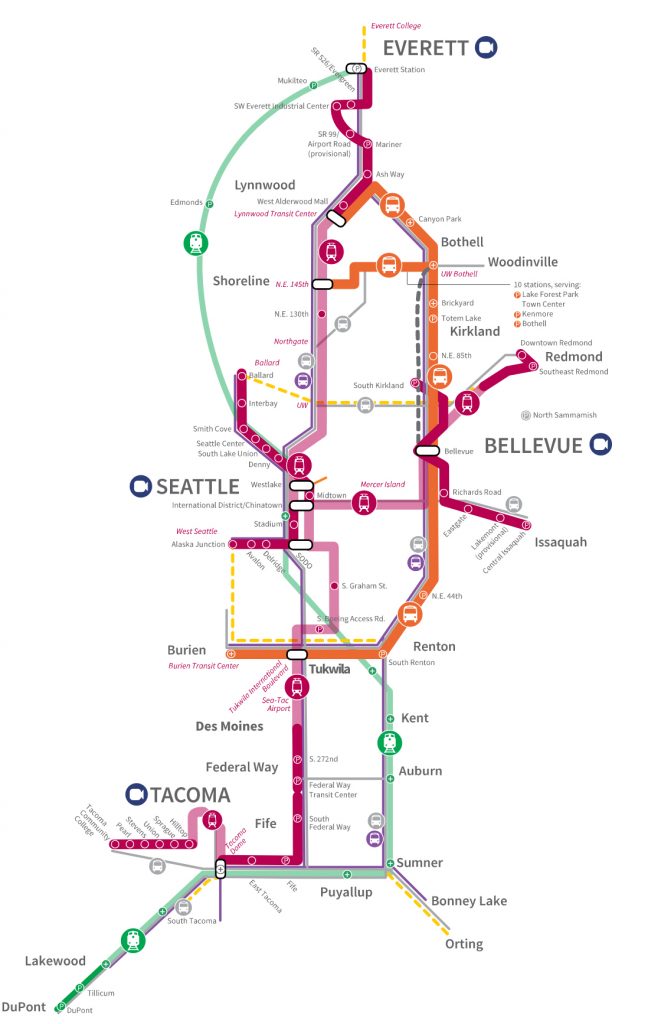
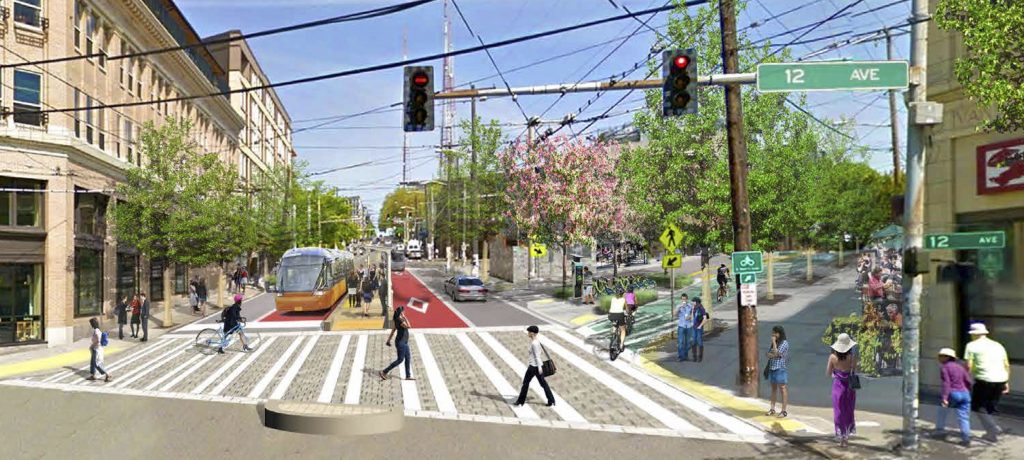
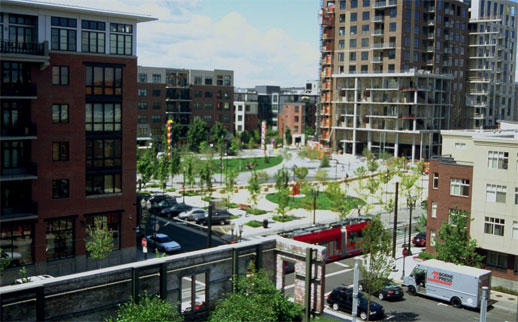
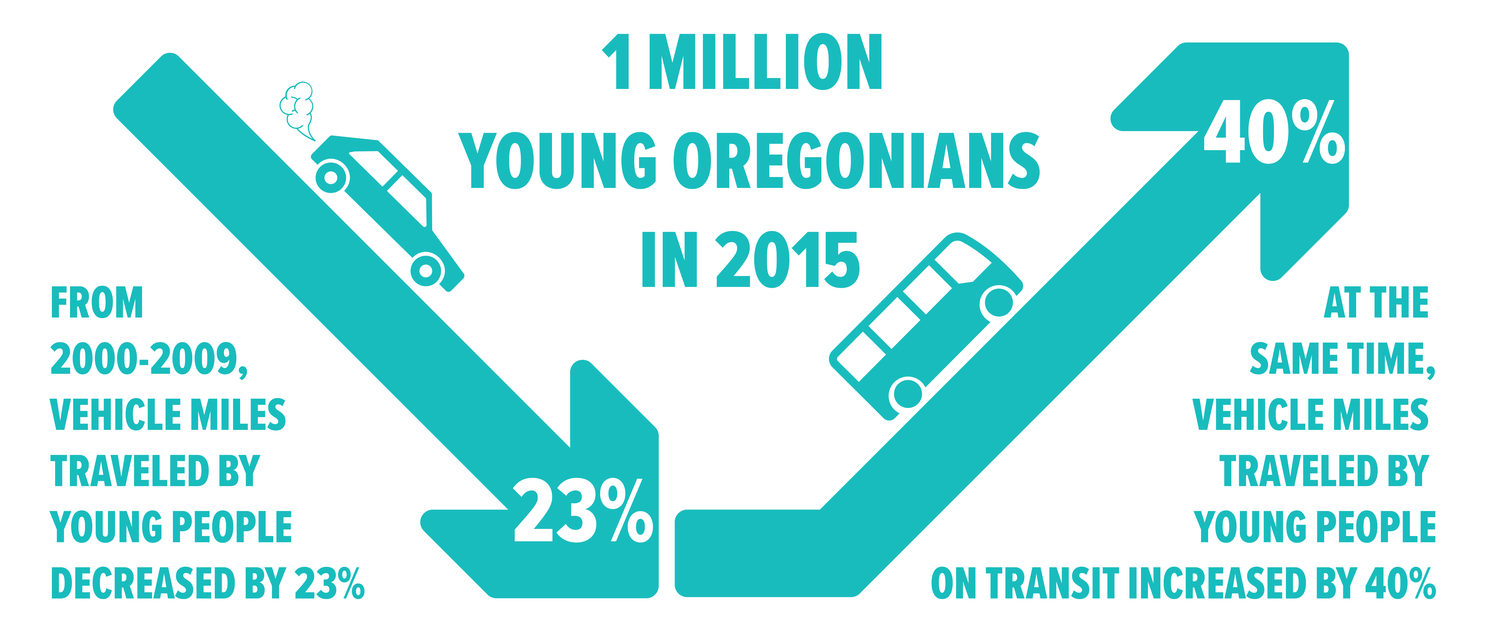
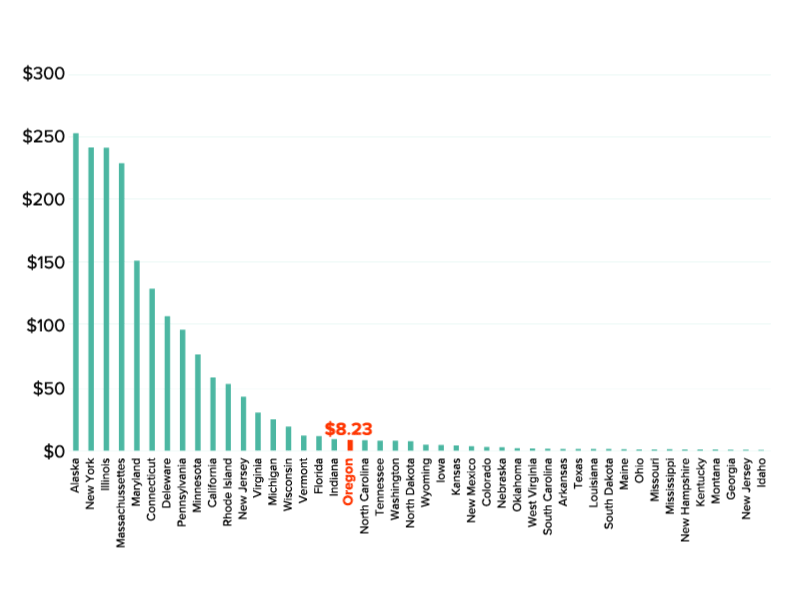
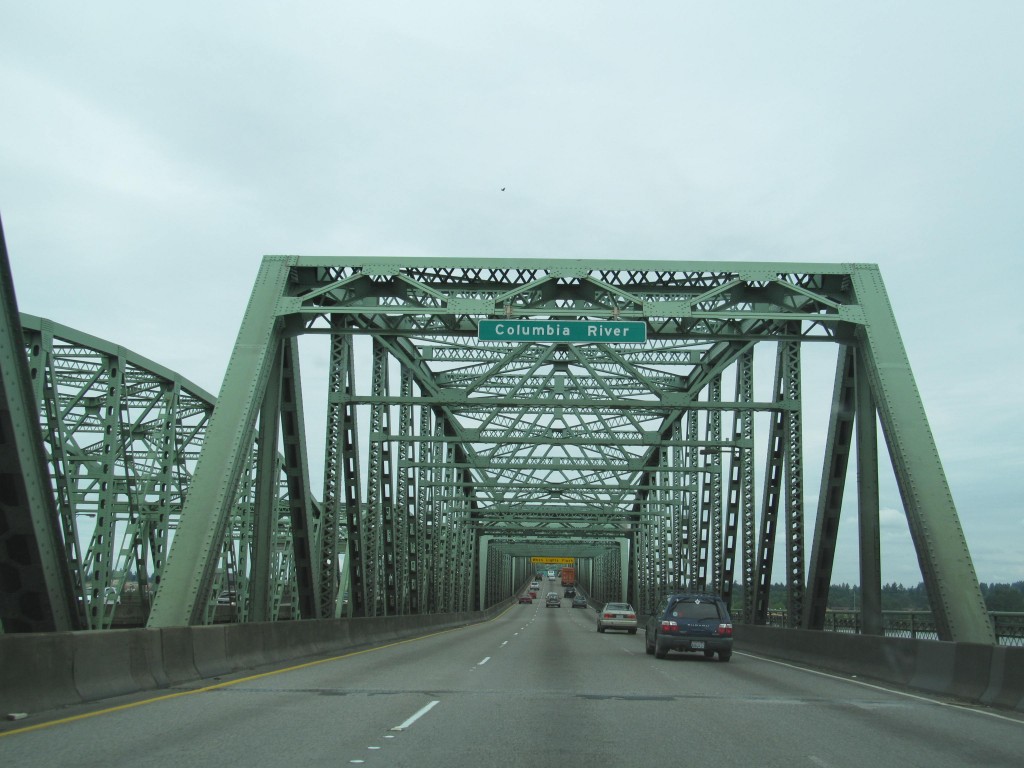
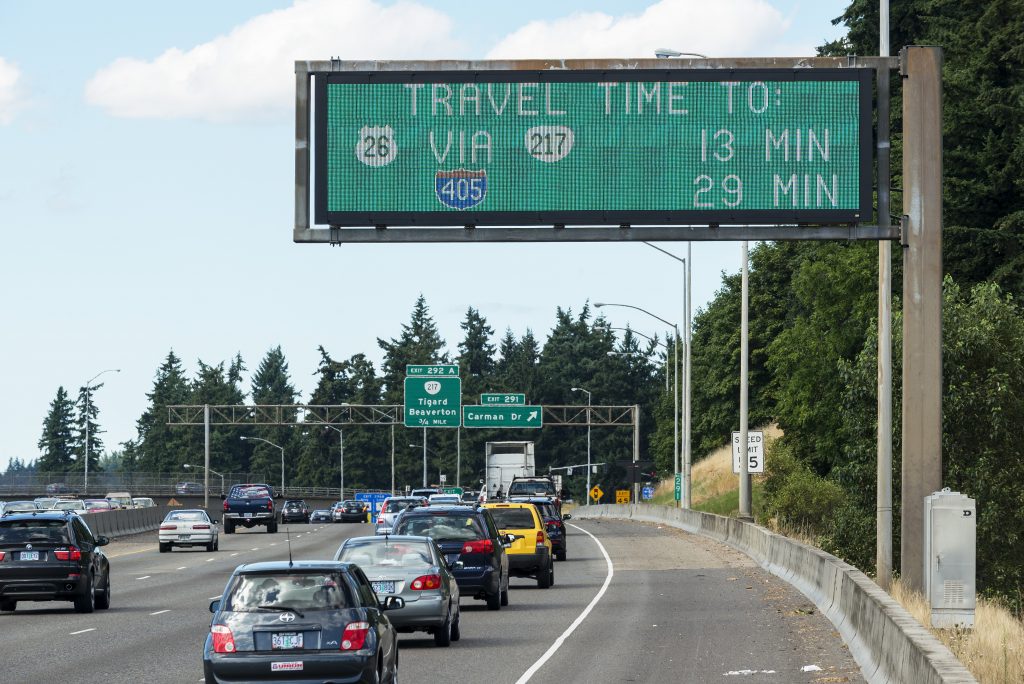
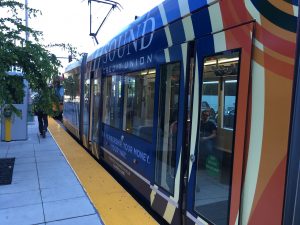
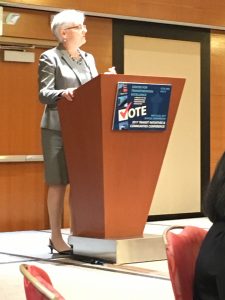
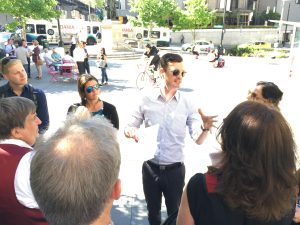

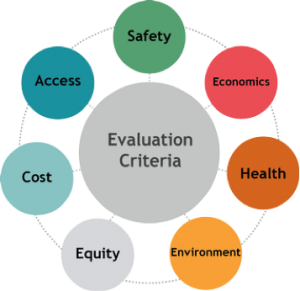
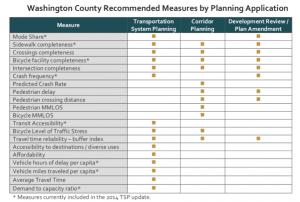
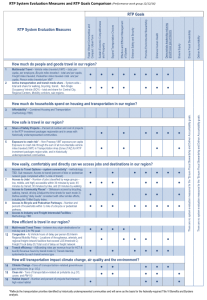

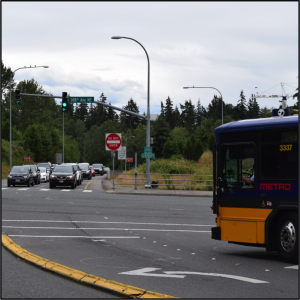
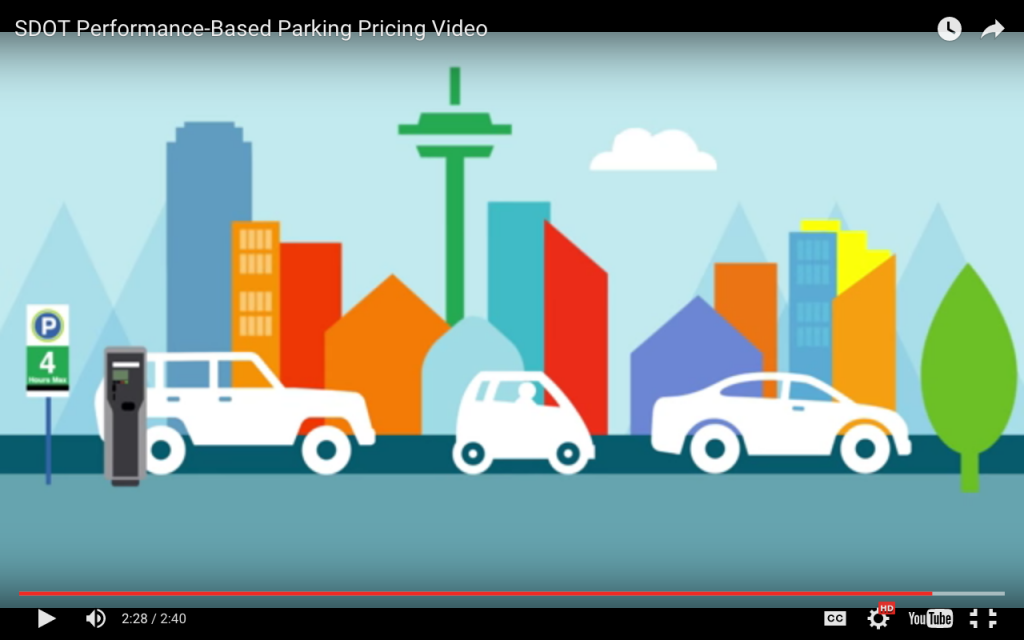
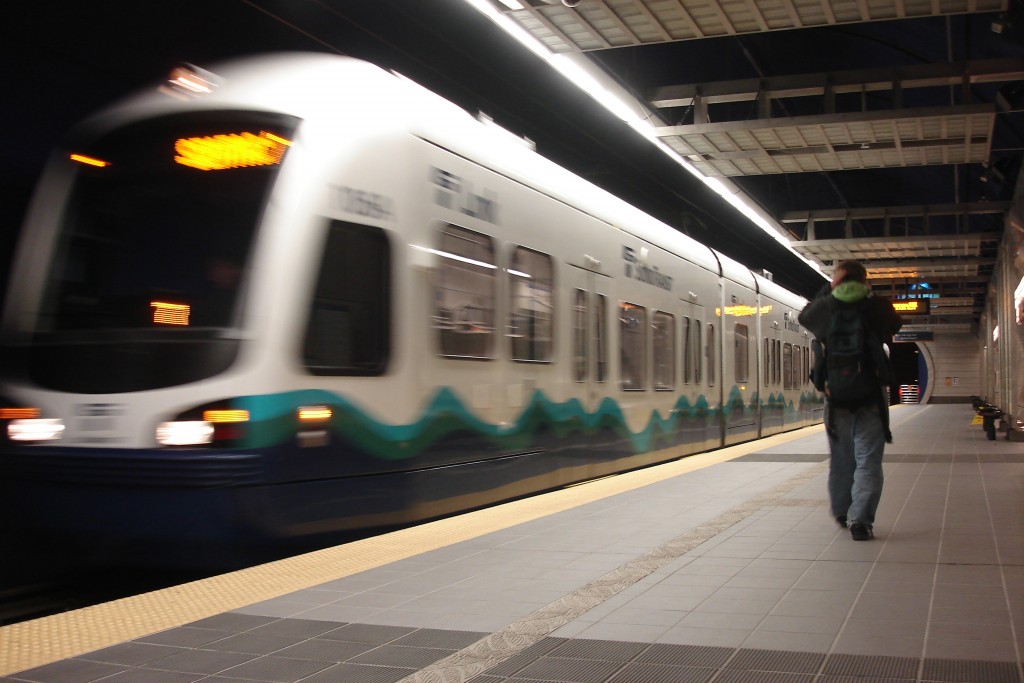

 Yet if the region doesn’t continue making smart transportation investments and developing the kind of policies that have already reduced the share of people commuting alone by car into downtown, that prosperity could be threatened — killing the goose that laid the golden egg.
Yet if the region doesn’t continue making smart transportation investments and developing the kind of policies that have already reduced the share of people commuting alone by car into downtown, that prosperity could be threatened — killing the goose that laid the golden egg.
 To address this Seattle worked with the business community and Metro to incrementally improve 3rd Avenue and set aside space for use as a transit mall. If you visit 3rd Avenue at 5 p.m., you’ll be struck by the volume of buses and the crowds of passengers boarding them.
To address this Seattle worked with the business community and Metro to incrementally improve 3rd Avenue and set aside space for use as a transit mall. If you visit 3rd Avenue at 5 p.m., you’ll be struck by the volume of buses and the crowds of passengers boarding them.

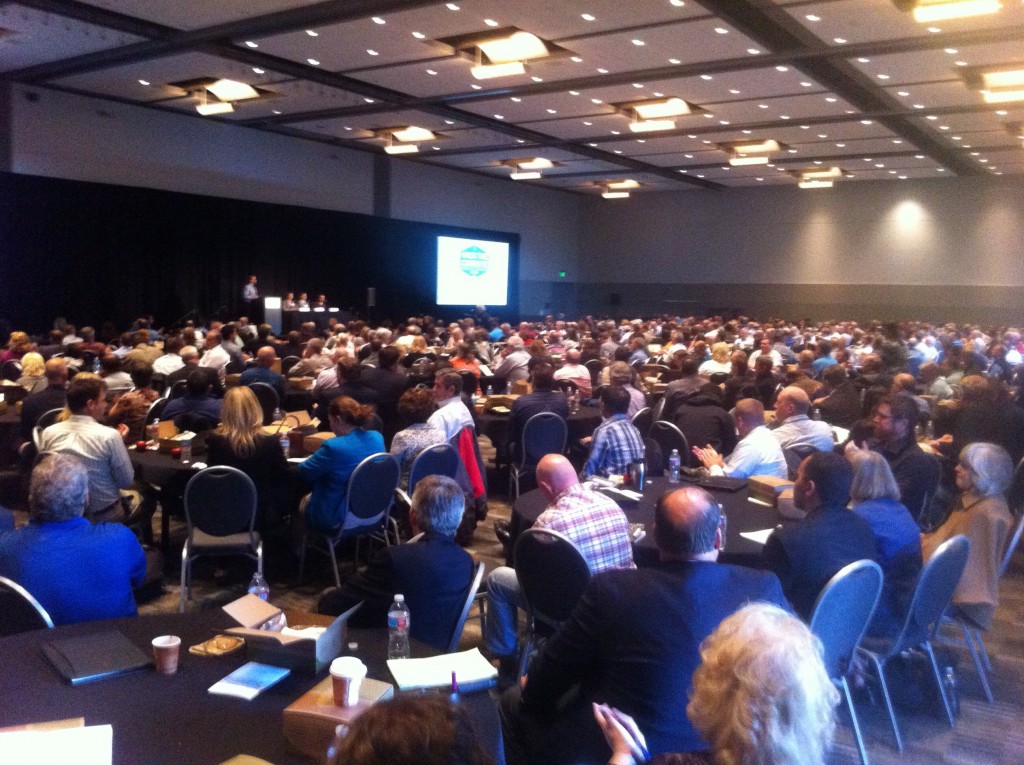
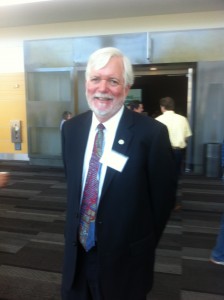
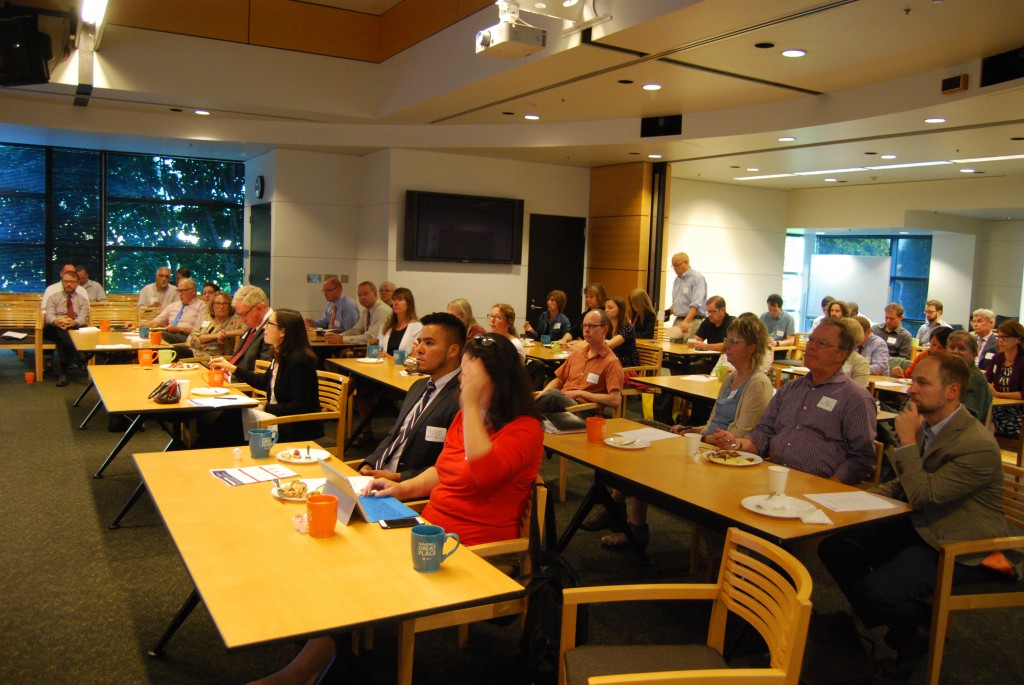

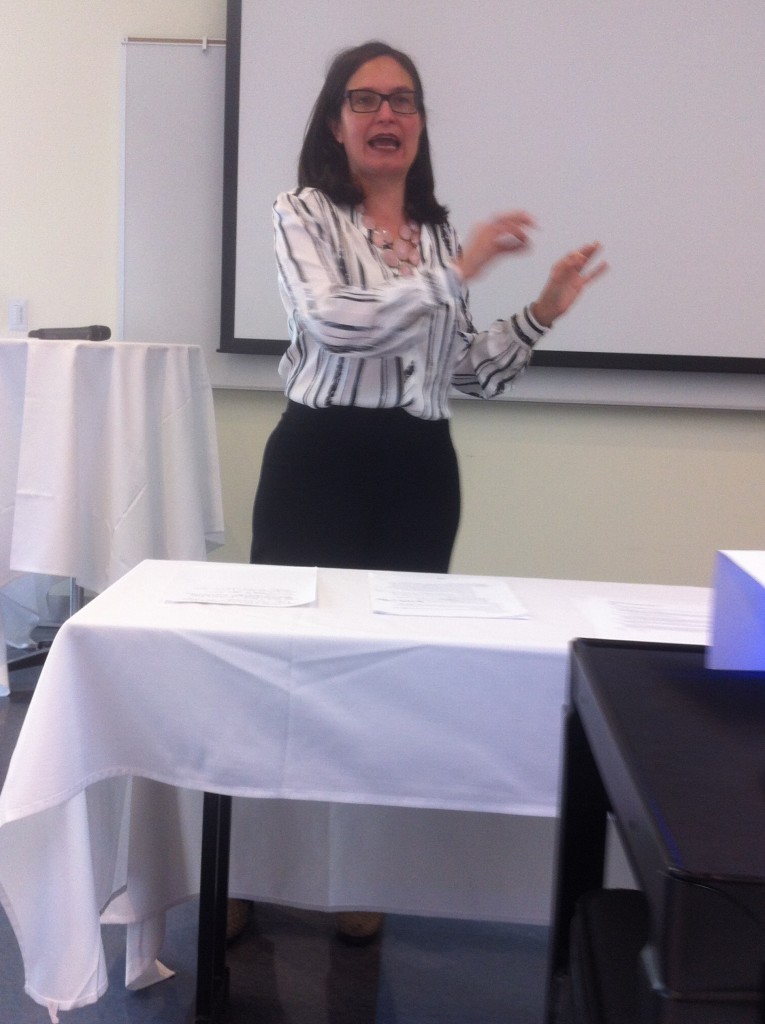
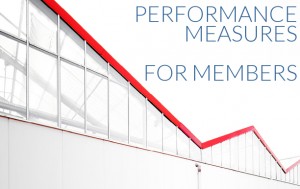 Relatedly to the topic of measuring outcomes,
Relatedly to the topic of measuring outcomes, 

